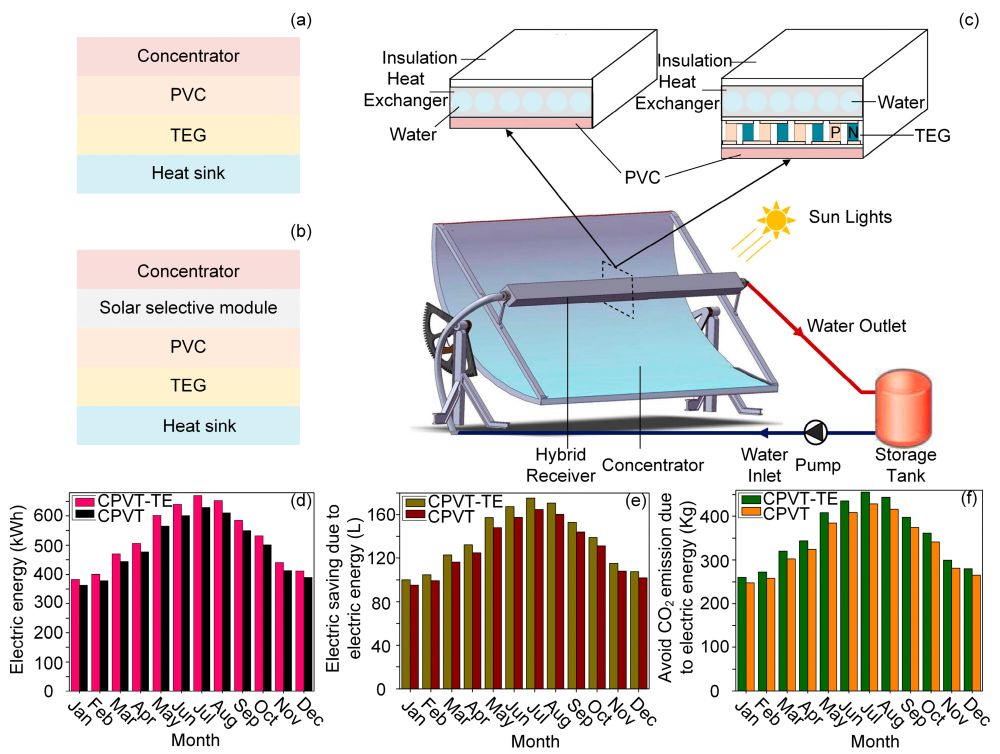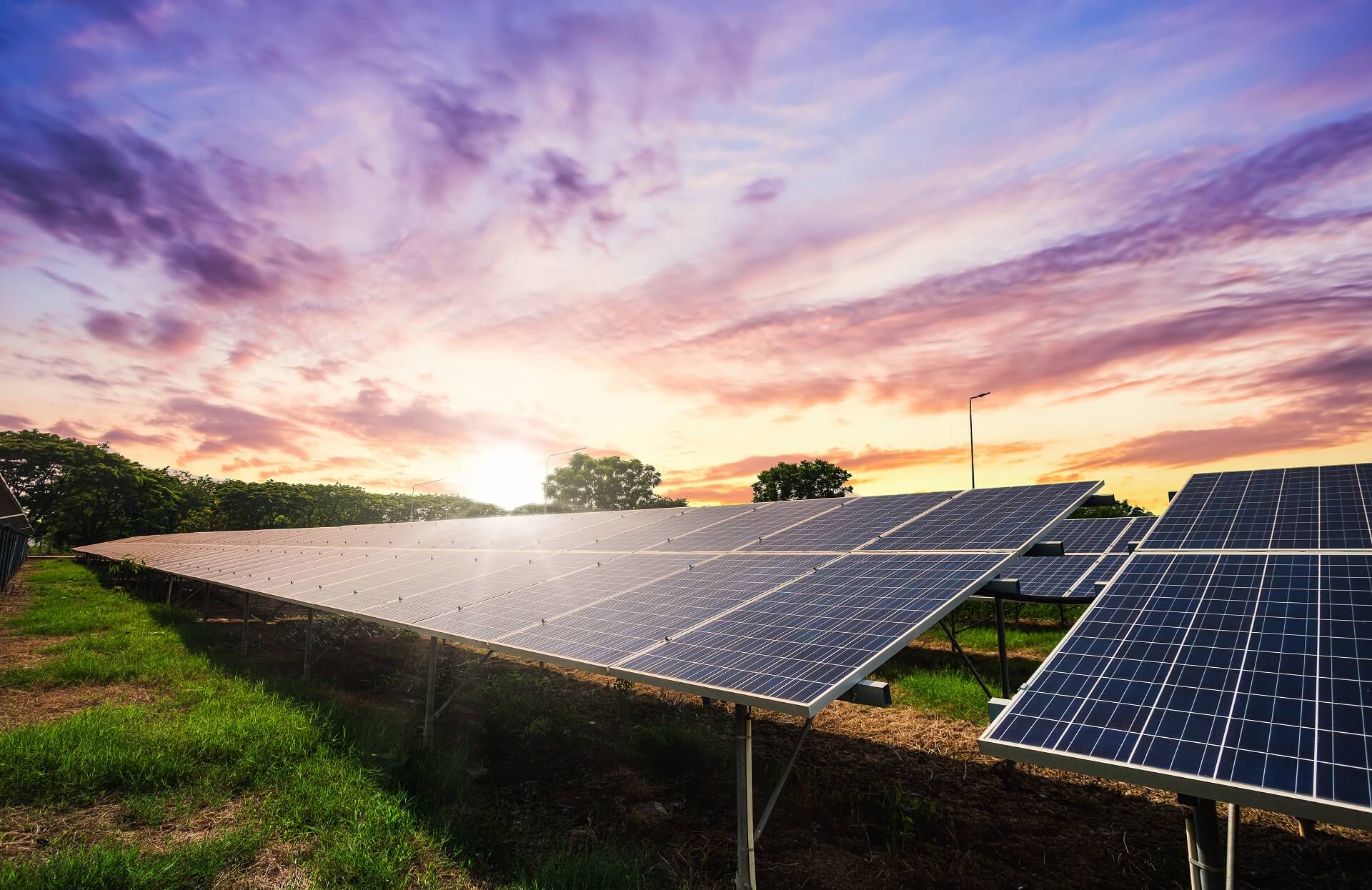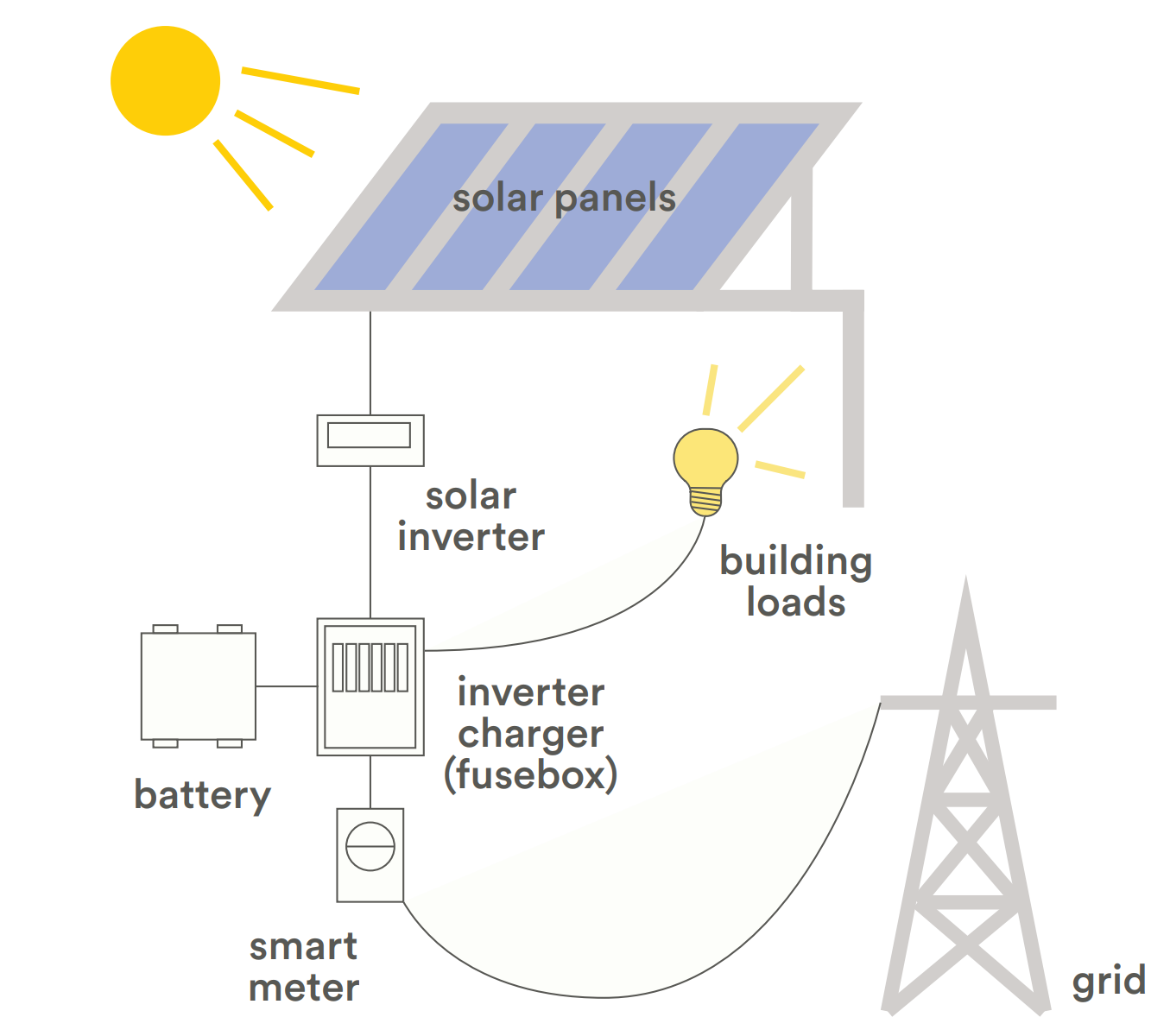Photovoltaic energy—often shortened to PV energy—is the superstar of the renewable energy world. It’s like nature’s way of saying, “Hey, why not turn sunlight into electricity?” But what exactly is it? In simple terms, photovoltaic energy is the process of converting sunlight directly into electricity using solar panels. These panels, which sit on rooftops, fields, or even spacecraft, are made of photovoltaic cells that do the hard work of capturing sunlight and transforming it into usable power.
The process is clean, renewable, and highly scalable. Whether you’re powering a small cabin in the woods or providing electricity for an entire city, PV energy can step up to the plate.
But how does this all work, you ask? It’s not magic—though it does feel like it sometimes.

The History of Photovoltaic Technology
Photovoltaic technology has a surprisingly long history. Back in 1839, a French physicist named Edmond Becquerel discovered the photoelectric effect—the science behind PV energy. Fast forward to the 1950s, when the first silicon solar cell was born, and humanity took its first steps toward harnessing the sun’s power on a practical level.
Since then, solar technology has seen significant improvements. In the 1970s, solar panels were mainly used in space exploration (NASA loved them), but by the 2000s, they became more affordable for everyday use. Today, the efficiency of photovoltaic systems has skyrocketed, with panels that can convert over 22% of sunlight into electricity—leaps and bounds ahead of early prototypes.
How Do Photovoltaic Cells Work?
Alright, let’s dig into the nitty-gritty of how PV cells operate. At the heart of every solar panel is a photovoltaic cell, usually made from silicon. When sunlight hits the cell, it excites electrons within the silicon material, creating an electric current. Think of it like a caffeine jolt for those electrons—they get moving fast!
Each solar cell generates a small amount of electricity, but when you string many of them together into a solar panel, the power adds up. Modern panels are made up of hundreds of these cells, working together to produce energy.
Types of Photovoltaic Cells
There are three main types of PV cells, each with its own strengths and weaknesses:
- Monocrystalline Solar Cells: These are the most efficient and longest-lasting but come with a higher price tag. Think of them as the luxury model of solar cells.
- Polycrystalline Solar Cells: A more budget-friendly option, these are slightly less efficient but still do a great job for most applications.
- Thin-Film Solar Cells: These are lightweight and flexible but less efficient than the other two types. They’re often used for smaller or specialized projects.

What Does Efficiency Mean in Photovoltaic Energy?
Defining Efficiency in Solar Energy
When we talk about efficiency in photovoltaic energy, we’re essentially asking, “How good are solar panels at turning sunlight into usable electricity?” Efficiency is measured as a percentage, representing the fraction of sunlight that a solar panel can convert into electricity. For example, if a panel has 20% efficiency, it means that 20% of the sunlight hitting it is transformed into power, while the rest is either reflected, absorbed as heat, or simply lost.
Sounds straightforward, right? But here’s the kicker: the efficiency of photovoltaic systems doesn’t just depend on the panels themselves. It’s influenced by a whole bunch of factors, including the environment, the technology used, and how the system is installed and maintained.
Factors That Determine PV Energy Efficiency
Let’s unpack the key players that affect solar efficiency:
- Solar Panel Materials and Technology
- Different materials mean different efficiency levels. For example, monocrystalline panels are more efficient than polycrystalline or thin-film panels because their silicon crystals are purer.
- Advances in technology, like bifacial panels that capture sunlight from both sides, are further improving efficiency.
- Environmental Conditions
- Sunlight Intensity: Panels perform better in areas with high solar irradiance (lots of sunlight). That’s why places like California or Spain are solar power hotspots.
- Temperature: Believe it or not, too much heat can reduce efficiency. Solar panels prefer cooler temperatures (around 25°C) for peak performance.
- Shade and Dirt: A little shadow or some dirt can have a big impact. Even a single leaf covering part of a panel can reduce its output.
- System Design and Installation
- Tilt and Orientation: Panels need to be angled correctly to capture the most sunlight. In the northern hemisphere, they should generally face south, while in the southern hemisphere, they should face north.
- Inverter Efficiency: The inverter, which converts DC power from the panels into usable AC power, plays a major role in overall system efficiency.
- Maintenance and Degradation Over Time
- Like any technology, solar panels lose some efficiency as they age. On average, they degrade by about 0.5% per year, meaning a panel that starts at 20% efficiency might drop to 18% after 20 years.
- Regular cleaning and maintenance can help minimize these losses.
How Is Photovoltaic Efficiency Measured?
To measure solar efficiency, we look at a combination of laboratory tests and real-world performance.
Lab Efficiency vs. Real-World Efficiency
- In controlled laboratory settings, panels are tested under “Standard Test Conditions” (STC), which involve specific light intensity, temperature, and air mass. This is where manufacturers come up with those shiny efficiency ratings like “21% efficiency.”
- But in the real world, panels rarely operate under such ideal conditions. Factors like weather, installation quality, and even bird droppings can lower actual performance.
Efficiency Ratings to Look For
- Most modern solar panels range between 15% and 22% efficiency.
- Panels in the 20%-22% range are considered high-efficiency and are ideal for places with limited installation space.
Why Efficiency Isn’t the Whole Story
Here’s where it gets interesting: even though PV panels aren’t 100% efficient (and probably never will be), they’re still worth it. Why? Because sunlight is abundant and free. Unlike fossil fuels, where every drop wasted equals money burned, the “fuel” for solar panels (sunlight) is limitless.
Think of it like a buffet—you might not eat everything on the table, but what you do consume is already paid for and sustainable.

How Efficient Are Photovoltaic Systems Compared to Other Energy Sources?
Comparing Efficiency Across Energy Types
When it comes to efficiency, photovoltaic systems aren’t at the very top of the energy hierarchy, but they hold their own—and with good reason. To understand how they stack up, let’s compare solar energy to other common energy sources:
Photovoltaic Energy vs. Fossil Fuels
Fossil fuel power plants, like coal and natural gas, typically operate at about 35-45% efficiency, meaning a significant portion of the energy in the fuel is lost as heat during combustion. Solar panels, in contrast, convert sunlight into electricity without any combustion or moving parts. While their efficiency might hover around 15-22%, they have a key advantage: zero emissions and no fuel cost.
So, while coal might squeeze out more electricity from its fuel, it also produces mountains of carbon dioxide—a deal-breaker for the environment.
Photovoltaic Energy vs. Wind Energy
Wind turbines boast an efficiency rate of around 35-50%, which is significantly higher than most solar panels. However, wind energy is highly location-dependent. If you don’t have a steady breeze, a wind turbine is about as useful as a fan with no electricity. On the other hand, solar panels can generate electricity almost anywhere there’s sunlight—even on cloudy days, though at reduced capacity.
Photovoltaic Energy vs. Hydro and Geothermal
Hydropower takes the crown with an efficiency of about 80-90%, thanks to its ability to harness gravitational energy from water flow. Geothermal energy also shines with up to 45% efficiency, making it another renewable powerhouse. But both of these options are limited to specific geographic locations—rivers for hydro and tectonic hotspots for geothermal. Solar panels, by contrast, can be deployed almost anywhere, making them far more accessible.
Benefits of Photovoltaic Systems Despite Lower Efficiency
So, if PV systems aren’t as efficient as some other renewables, why are they so popular? Because efficiency isn’t the only factor that matters. Here’s why solar panels still shine:
- Abundant Energy Source: The sun delivers more energy to Earth in one hour than humanity uses in a year. Even with modest efficiency, solar panels can harness this massive energy potential.
- Low Operating Costs: After installation, photovoltaic systems require minimal maintenance and have no fuel costs, unlike fossil fuels.
- Scalability: From small rooftops to large solar farms, PV systems can fit projects of any size.
- Environmental Impact: Solar panels produce no greenhouse gases or air pollutants during operation.
Technological Advancements Boosting PV Efficiency
Here’s where things get exciting: solar technology is improving at a breakneck pace. What was considered cutting-edge a decade ago is now standard. Let’s explore a few innovations pushing the boundaries of PV efficiency:
Bifacial Solar Panels
Traditional solar panels only capture sunlight on one side. Bifacial panels, however, can absorb sunlight from both sides—front and back—boosting energy output by up to 15%. These are particularly effective in locations with highly reflective surfaces like snow or sand.
Perovskite Solar Cells
Perovskite cells are a game-changer in solar research. They’re lightweight, flexible, and cheap to produce, with efficiency rates climbing rapidly. While still in the development phase, they hold the potential to surpass traditional silicon-based cells.
Solar Panel Coatings
Advanced coatings can reduce energy losses caused by dirt, dust, and reflection. For instance, anti-reflective coatings help panels absorb more sunlight instead of reflecting it away, while self-cleaning coatings reduce maintenance needs.
Energy Storage Systems
While not directly tied to panel efficiency, better battery technology (like lithium-ion or solid-state batteries) ensures that the electricity produced by solar panels can be stored for use when the sun isn’t shining. This significantly improves the overall usability of solar energy systems.
Real-World Impact
Take the city of Freiburg in Germany, often called the “solar capital” of Europe. It boasts an impressive network of residential and commercial PV installations, achieving significant energy independence and reducing reliance on fossil fuels. Despite the country’s less-than-ideal climate for solar, Freiburg’s use of high-efficiency panels and smart city planning demonstrates how photovoltaic energy can work in the real world.
While photovoltaic systems might not have the highest efficiency when compared to other energy sources, their accessibility, versatility, and environmental benefits make them a cornerstone of the renewable energy transition. Efficiency is just one piece of the puzzle; the big picture is about creating sustainable, scalable, and affordable energy solutions for the future.

Challenges Impacting the Efficiency of Photovoltaic Energy
Barriers to Maximum Efficiency in PV Systems
While photovoltaic energy offers incredible potential, it’s not without its challenges. Like a plant needing just the right amount of sunlight and water to thrive, PV systems require specific conditions to perform at their best. Let’s break down the most common obstacles standing in the way of optimal solar efficiency:
1. Weather Dependence and Seasonal Variation
- Cloudy Days: Solar panels perform at their best under direct sunlight, so cloudy or overcast conditions can significantly reduce output. A panel that produces 300 watts on a sunny day might drop to 100 watts or less during cloudy weather.
- Short Winter Days: In many regions, shorter daylight hours in the winter months limit energy production. Coupled with lower sunlight angles, this means panels generate less power when demand for heating is often at its peak.
- Geographic Location: While sunny regions like Arizona or Australia are ideal for PV systems, areas with frequent rain or snow see less consistent performance.
2. Energy Losses During Conversion and Storage
- Solar panels produce direct current (DC) electricity, but most appliances and power grids use alternating current (AC). This conversion process, handled by inverters, isn’t 100% efficient—some energy is lost along the way (typically about 5-10%).
- Similarly, energy stored in batteries for later use can also suffer efficiency losses. Modern lithium-ion batteries are improving, but losses during charge and discharge cycles can range from 5-15%.
3. Installation Quality and Shading Issues
- Shading: Even small amounts of shade—caused by trees, chimneys, or nearby buildings—can significantly impact performance. A single shaded panel in a series can reduce the output of the entire string of panels.
- Improper Installation: Panels not aligned correctly with the sun’s path can miss out on peak sunlight. Poor tilt angles or improper orientation can lower efficiency by as much as 20%.
4. Maintenance and Dirt Accumulation
- Dust, bird droppings, and pollution can block sunlight from reaching the panels, reducing their output. Studies have shown that dirty panels can lose up to 20% of their efficiency in areas with high dust or pollution levels.
5. Degradation Over Time
- All solar panels degrade as they age, with typical annual efficiency losses of about 0.5%-0.8%. This might seem small, but over 25 years, it adds up. By the end of their lifespan, panels that started at 20% efficiency might operate closer to 16-18%.
Addressing Efficiency Challenges
The good news? Many of these barriers have solutions, thanks to advancements in solar technology and smarter design practices.
Weather-Related Challenges
- Hybrid Systems: Pairing solar panels with energy storage or complementary systems (like wind turbines) can help balance out the variability in weather.
- Energy Storage: Modern batteries store excess energy generated on sunny days, ensuring power availability during cloudy periods or at night.
Reducing Conversion and Storage Losses
- High-Efficiency Inverters: Newer inverters convert DC to AC with minimal losses, ensuring more of the generated power makes it to your outlets.
- Improved Battery Tech: Solid-state batteries, which are still in development, promise to significantly reduce energy loss during storage.
Combatting Shading and Installation Issues
- Microinverters and Power Optimizers: These devices allow each panel in a system to operate independently, reducing the impact of shading on overall performance.
- Smart Design: Using solar tracking systems that follow the sun’s path can increase output by up to 25%. For fixed installations, ensuring panels face the optimal direction (south in the northern hemisphere) is key.
Maintenance Solutions
- Self-Cleaning Panels: Some panels now come with hydrophobic coatings that repel water, dust, and dirt, reducing the need for manual cleaning.
- Monitoring Systems: Advanced monitoring tools can alert users to issues like shading or dirt buildup, so they can address problems quickly.
The Role of Innovation in Overcoming Challenges
Technological advancements are continuously pushing the boundaries of what’s possible with photovoltaic systems. For example:
- Anti-Reflective Coatings: By reducing the amount of sunlight reflected off the surface, these coatings improve overall efficiency.
- Perovskite and Tandem Solar Cells: These cutting-edge materials are not only improving efficiency but also addressing some of the durability issues faced by traditional silicon panels.
Case Study: Solar Success in Extreme Climates
Take the Noor Solar Complex in Morocco, one of the world’s largest solar farms. Located in the desert, the complex faces extreme heat and sandstorms. To combat these challenges, engineers use advanced cooling systems to maintain panel performance and automated cleaning robots to remove sand. Despite the harsh conditions, the complex produces enough energy to power over a million homes, showcasing how innovation can overcome even the toughest barriers.
Why These Challenges Don’t Overshadow the Benefits
Every energy source faces its own set of challenges—coal plants need constant fuel deliveries, and wind turbines rely on unpredictable breezes. The difference with solar is that its barriers are being actively addressed through innovation, research, and smarter design.